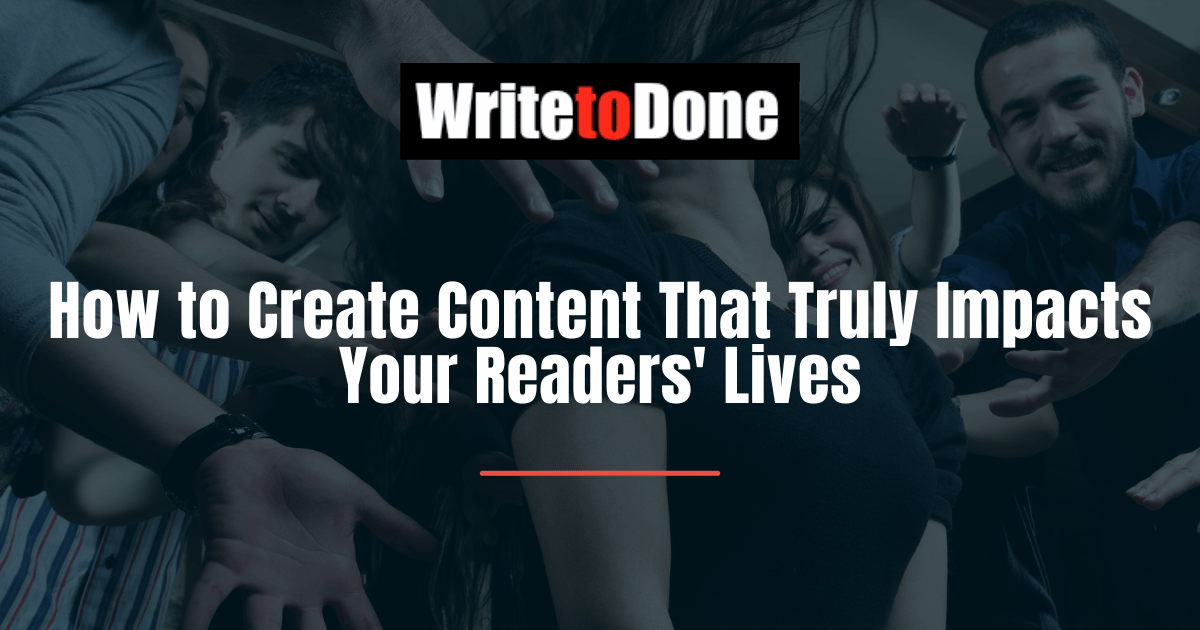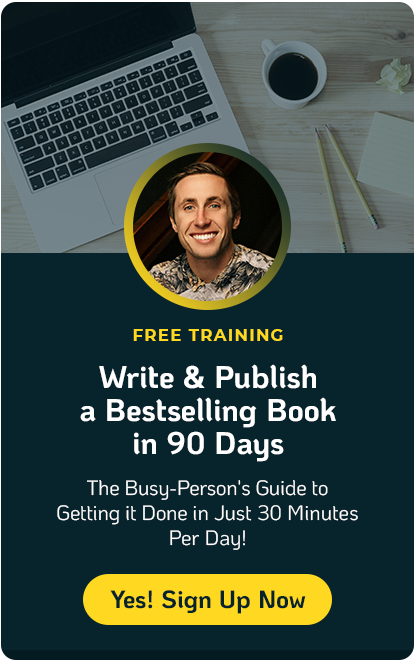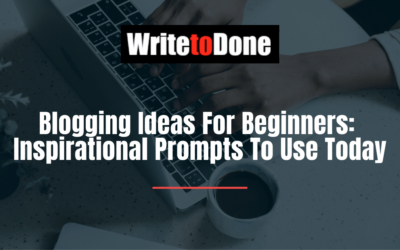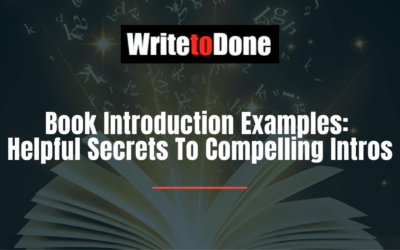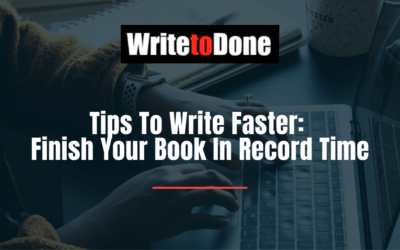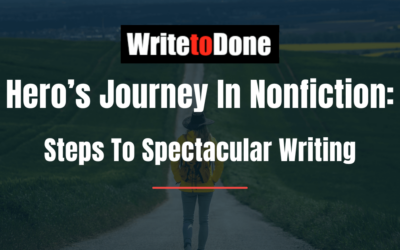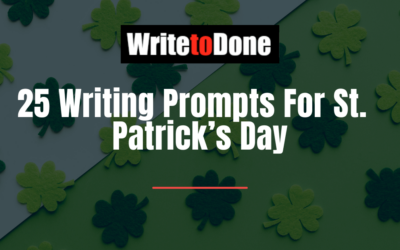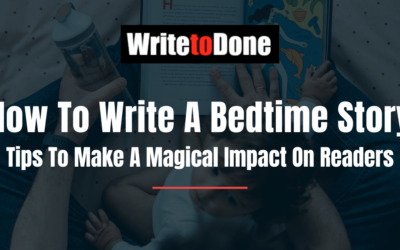Why do you write your blog?
Maybe you are writing to share your point of view, help others, or just get things off your chest. No matter what the reason you write for your blog, you need to learn how to craft each post to have the greatest impact on your reader.
Your readers are granting you their valuable attention, after all.
How storytelling applies to blogging
In an effort to expand my skills as a blogger, I started reading about the power of storytelling.
Storytelling is an age old tradition that is as natural to human beings as breathing. That’s how we communicate, sell, and relate to each other. The go-to book for understanding the power of story is Robert McKee’s book “Story: Substance, Structure, Style and the Principles of Screenwriting“. While the book is about screenplays, it hit me that there was a parallel between scenes in a movie and blog posts.
Here’s the breakdown: your blog is like a movie, while each blog post is a scene in that movie.
Your blog’s theme and genre
Whether you think of it in these terms or not, your blog has a theme. The same goes for movies: documentaries, dramas, horror flicks, love stories, and comedies.
You might think your blog is special and that it cannot be classified within a genre. That would mean you’ve got an “art blog,” kind of like how art films are hard to classify, but make up a genre of their own. If you haven’t articulated your blog’s theme for yourself or your readers, maybe it’s time to write a blog post about it.
Or just a short blurb that you can add to your about page. This will come in handy for the next part: writing to affect change in your reader.
Each blog post should affect change
One of the most fundamental abilities you can develop as a blogger is knowing when to hit publish, and when to recognize a subpar piece of writing. At the beginning of your blogging career you might publish everything you write, but eventually you will start to get a feel for what resonates with your readers.
Here’s a shortcut that I gleaned from Robert Mckee’s book, referring to a scene in a movie: you should only include a scene if it changes the character(s) from one state to another.
Scenes that are pivotal are the only ones that make it to the final cut.
Pivoting a character’s emotions, opinions, or outlook is what furthers the story. The same is true of pivotal blog posts, furthering the overall story of your blog.
What a single blog post can achieve
Just like each scene in a movie is relatively short and to the point, so should your blog posts be. You shouldn’t attempt to change someone’s entire life in one blog post. That’s why you’ve got a subscribe button, and ongoing content, isn’t it?
However, you can achieve a lot in a single blog post. Here are some possibilities…
- Take your reader from confused to educated.
- Take your reader from bored to entertained.
- Take your reader from apathetic to emotionally engaged.
- Take your reader from reluctant to convinced, by showing results.
- Take your reader from sadness to happiness.
- Take your reader from curious to interested.
The possibilities are endless. What you can do with a single blog post will largely depend on the tone and genre of your blog and what you are trying to accomplish.
Pivotal blog posts
Here are a few examples of transformative blog posts that take a reader from one place to another:
- Naomi Dunford of IttyBiz takes you from surface level marketing to a deeper understanding of a marketer’s life.
- Mary Jaksch of Goodlife Zen takes you on a journey from creatively blocked to a place of opening possibilities and creative flow.
- James Chartrand of Men With Pens takes you out of your usual element and dives into controversy.
- Glen Allsopp of ViperChill takes you from speculation to proven fact on twitter statistics.
- Ali Hale takes you from hating work to optimistic about the concept of work.
- Jonathan Mead takes you from hating the concept of productivity to finding a means of making the most of your life.
Take Away Points
Now that you’ve read some examples of truly pivotal blog posts, it’s time for you to craft your own.
First identify your blog’s overall goal, direction, and genre if you haven’t already done so.
Then take the next blog post you were going to write and design it with a pivot in mind.
After you’ve written your first draft, read it over and identify the starting state and ending state of your reader.
Is he bored? Lethargic? Unenthused?
How does your blog post turn this around? Have him leave your writing laughing, energized, and inspired.
That’s when you’ll know you’re truly creating content that makes an impact on your reader’s life.
Image courtesy of Pixabay

